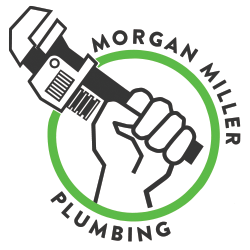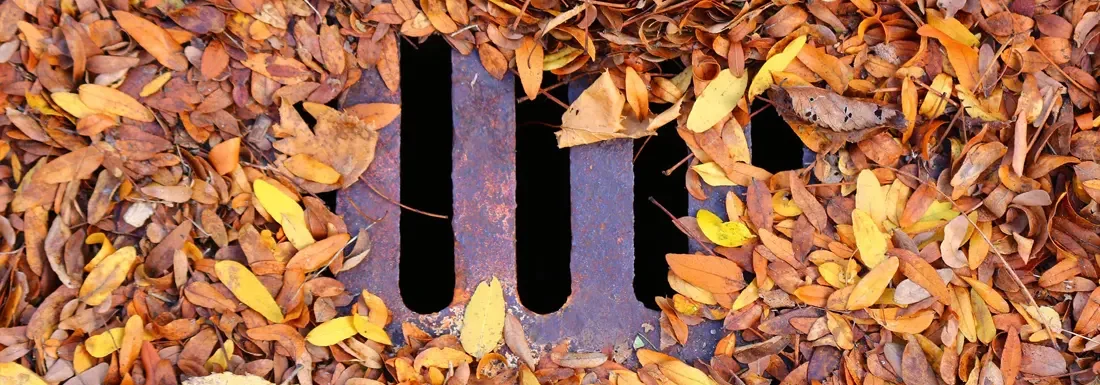Fall is already getting close, and while we can’t wait for the leaves and pumpkin-spiced everything, it can be a challenging season for plumbing. All those changes in temperature and weather conditions mean increased stress on your pipes, drains, and overall plumbing system. To help you stay ahead and avoid common issues that occur when the seasons change, we’ve put together a comprehensive plumbing checklist for homeowners this fall.
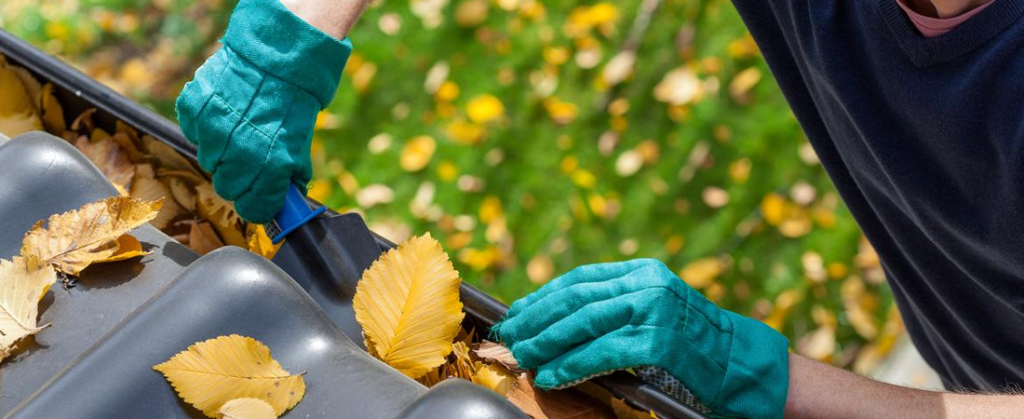
1. Clean Gutters
As autumn arrives, it’s important to take a proactive approach to maintain your home’s plumbing system. One essential way you can help is by cleaning your gutters. Falling leaves, twigs, and debris accumulate in gutters and downspouts, causing blockages and hindering proper water drainage. Clogged gutters can lead to water overflow, which may damage your roof, foundation, and even your plumbing. By removing this debris, you’ll ensure that rainwater is effectively directed away from your home, preventing potential plumbing issues and maintaining the integrity of your property.
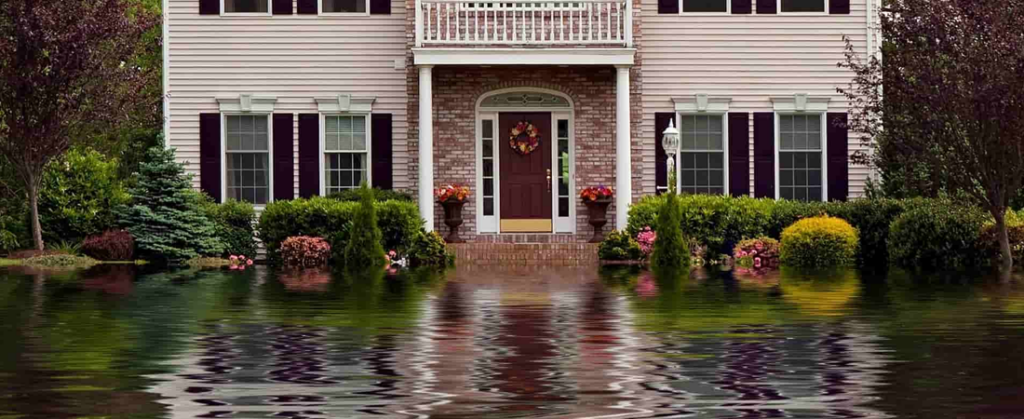
2. Check Your Sump Pump
Fall brings with it an increased chance of heavy rainfall, and for those with basements or lower-level areas, this can pose a risk of flooding. That’s where your sump pump becomes crucial. To avoid potential basement flooding and subsequent water damage, it’s essential to check your sump pump before the rainy season begins. Ensure that the pump is clean, operational, and properly connected to a power source. Consider installing a backup battery or generator in case of power outages. A properly functioning sump pump will help safeguard your home, protecting your basement from water infiltration and potential plumbing disasters.
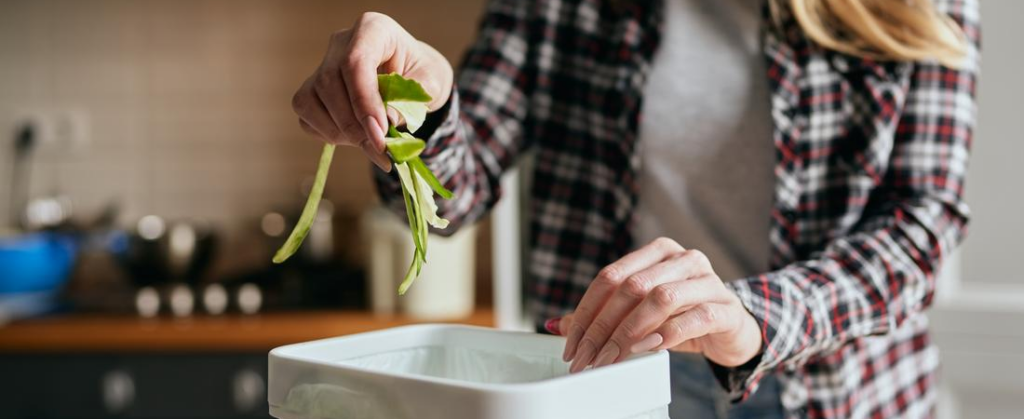
3. Mind The Garbage Disposal
The fall season is synonymous with family gatherings and hearty meals, which means your kitchen’s garbage disposal will be working overtime. To keep this essential appliance functioning properly, make sure to clean it regularly. Avoid disposing of fibrous or starchy foods, grease, and large quantities of food scraps, as these can clog the disposal or damage its blades. If you notice any unusual noises, slow drainage, or persistent odors, consider scheduling a professional inspection to address any potential issues before they escalate.
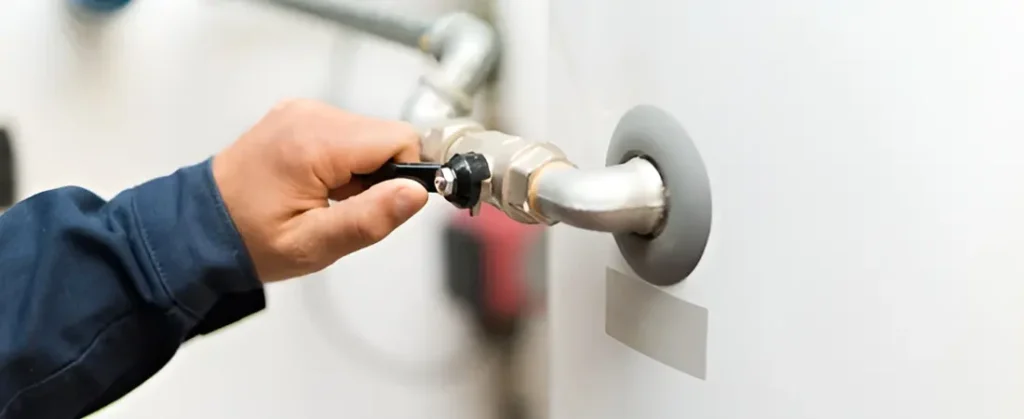
4. Flush Your Water Heater
As the temperatures drop, your water heater plays a vital role in keeping your household comfortable. Over time, sediment buildup can occur inside the tank, affecting the heater’s efficiency and potentially shortening its lifespan. Flushing your water heater is a simple maintenance task that should be performed regularly, especially before the colder months. By draining the tank and removing accumulated sediment, you’ll improve the heater’s performance, optimize energy efficiency, and ensure a reliable supply of hot water throughout the fall and winter.
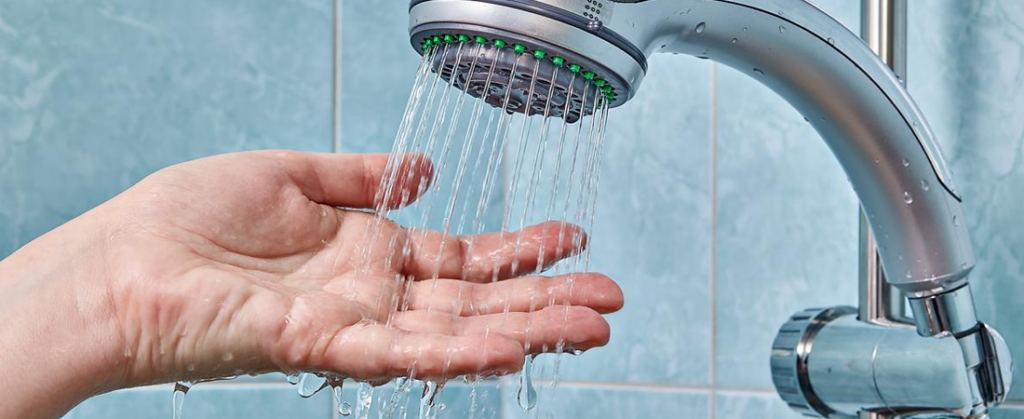
5. Watch Your Utility Bill
Conserving energy and reducing your water bill go hand in hand. There are several measures you can take to achieve this. Consider installing low-flow showerheads and faucets, which restrict water flow while still maintaining adequate pressure. Fix any leaks promptly, as even a small drip can waste a significant amount of water over time. Insulating your hot water pipes is another effective way to save energy. By reducing heat loss during water transportation, you’ll decrease the energy required to heat the water, leading to substantial savings on your utility bill.
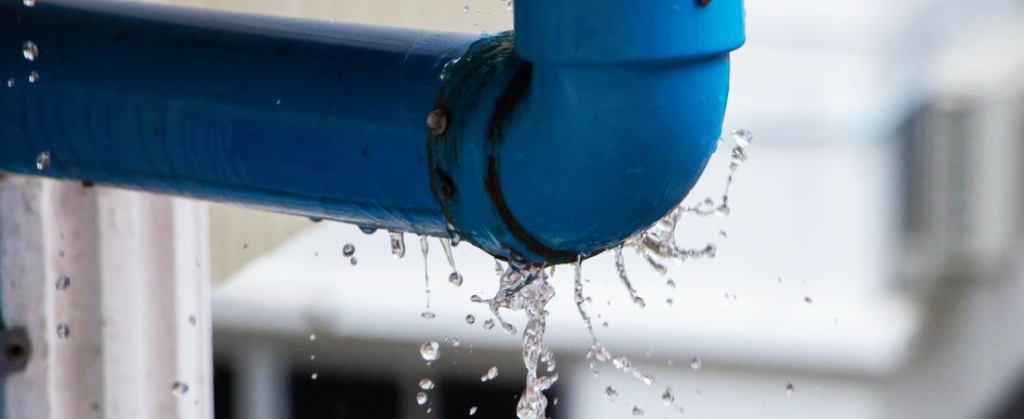
6. Look For Leaks
Undetected leaks can lead to significant water waste and cause extensive damage to your home. As part of your fall plumbing checklist, thoroughly inspect all visible pipes, faucets, and fixtures for any signs of leaks. Look for water stains, drips, or dampness around pipes and under sinks. If you find any leaks, no matter how minor they may seem, address them promptly. Repairing leaks not only conserves water but also protects your home from water damage and potential mold growth.
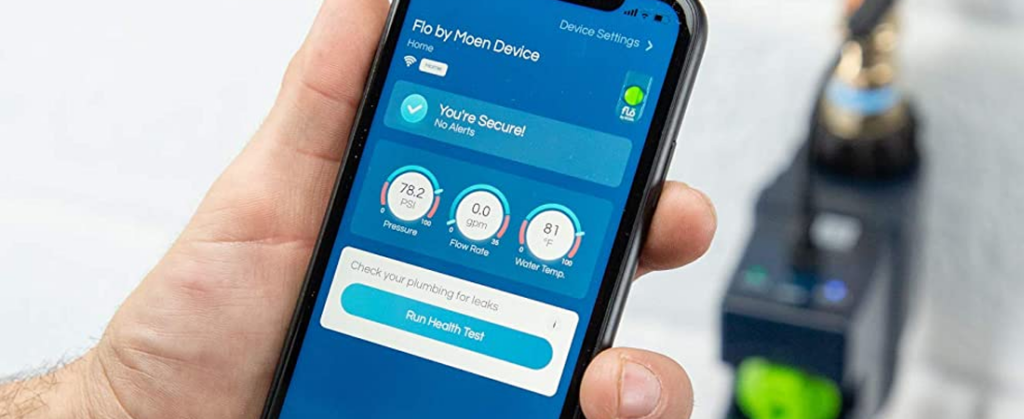
7. Consider a Leak Detection System
One popular option is a smart water leak detection system. These systems typically consist of sensors that are placed in strategic locations throughout your home, such as near water heaters, washing machines, sinks, and toilets. The sensors are connected to a central hub or a smartphone app that alerts you in real-time if any water leaks are detected.
Some smart water leak detection systems, such as the Flo Smart Water Monitor and Shutoff, even have additional features such as automatic shutoff valves. In the event of a leak, these systems can automatically shut off the water supply to prevent further damage until the issue can be resolved.
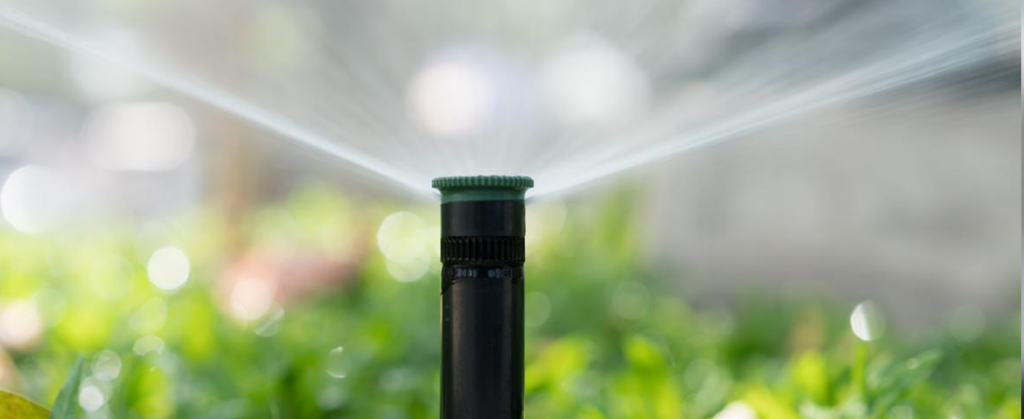
8. Drain Outdoor Faucets and Sprinklers
With the arrival of colder temperatures, it’s crucial to protect your outdoor plumbing from freezing. Before winter sets in, make sure to drain all outdoor faucets, hoses, and sprinkler systems. Any residual water left in these fixtures can freeze and expand, causing pipes to crack or burst. By properly draining and disconnecting these outdoor components, you’ll prevent expensive plumbing repairs and ensure that your irrigation system and outdoor plumbing remain in good working condition when spring arrives.
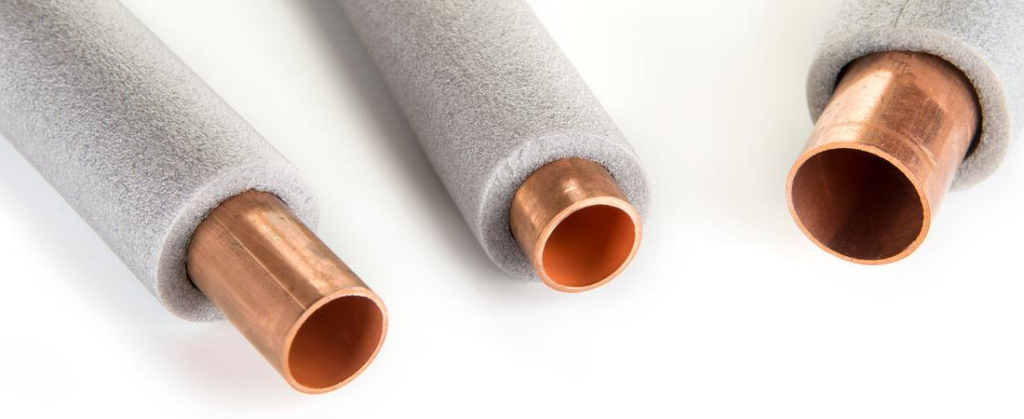
9. Insulate Your Pipes
Freezing temperatures can wreak havoc on your plumbing system, leading to frozen or burst pipes. To safeguard against this, take the necessary steps to insulate your exposed pipes before winter arrives. Insulation sleeves or tape can be wrapped around the pipes to provide a layer of protection from the cold. Pay particular attention to pipes in unheated areas such as basements, crawl spaces, and attics. By insulating your pipes, you’ll help maintain water flow and prevent costly damage caused by frozen pipes.
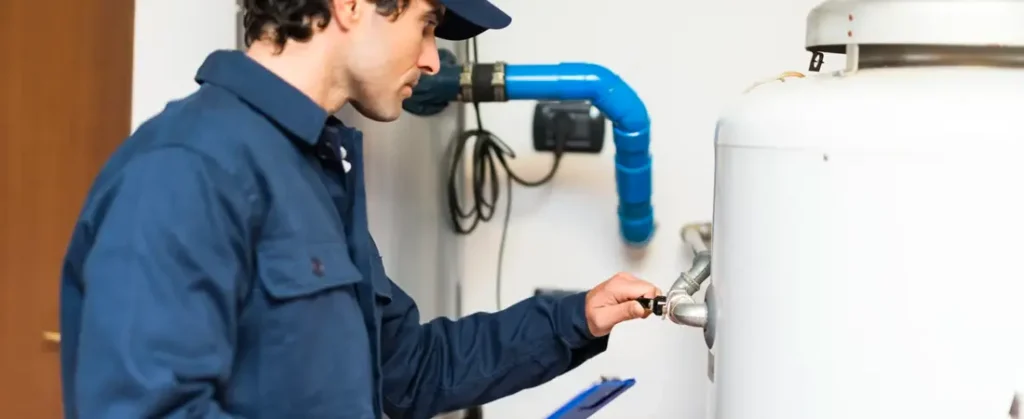
10. Schedule a Professional Inspection
When it comes to your plumbing system, prevention is key. By scheduling a professional plumbing inspection before the fall season, you can identify any underlying issues that may lead to more significant problems down the line. A qualified plumber can conduct a thorough assessment of your entire plumbing system, including pipes, fixtures, water heaters, and drains. They can identify potential leaks, corrosion, or inefficiencies, and provide necessary maintenance or repairs. Investing in a professional inspection offers peace of mind, knowing that your plumbing system is in optimal condition as you enter the fall season.

CONCLUSION
By following this comprehensive fall plumbing checklist, you’ll be well-prepared to protect your home from potential plumbing issues and ensure the efficient operation of your plumbing system throughout the colder months.
If you find an issue in need of repair, don’t risk the quick fix. Get help from the plumbing professionals at Morgan Miller Plumbing, (816) 765-4843
